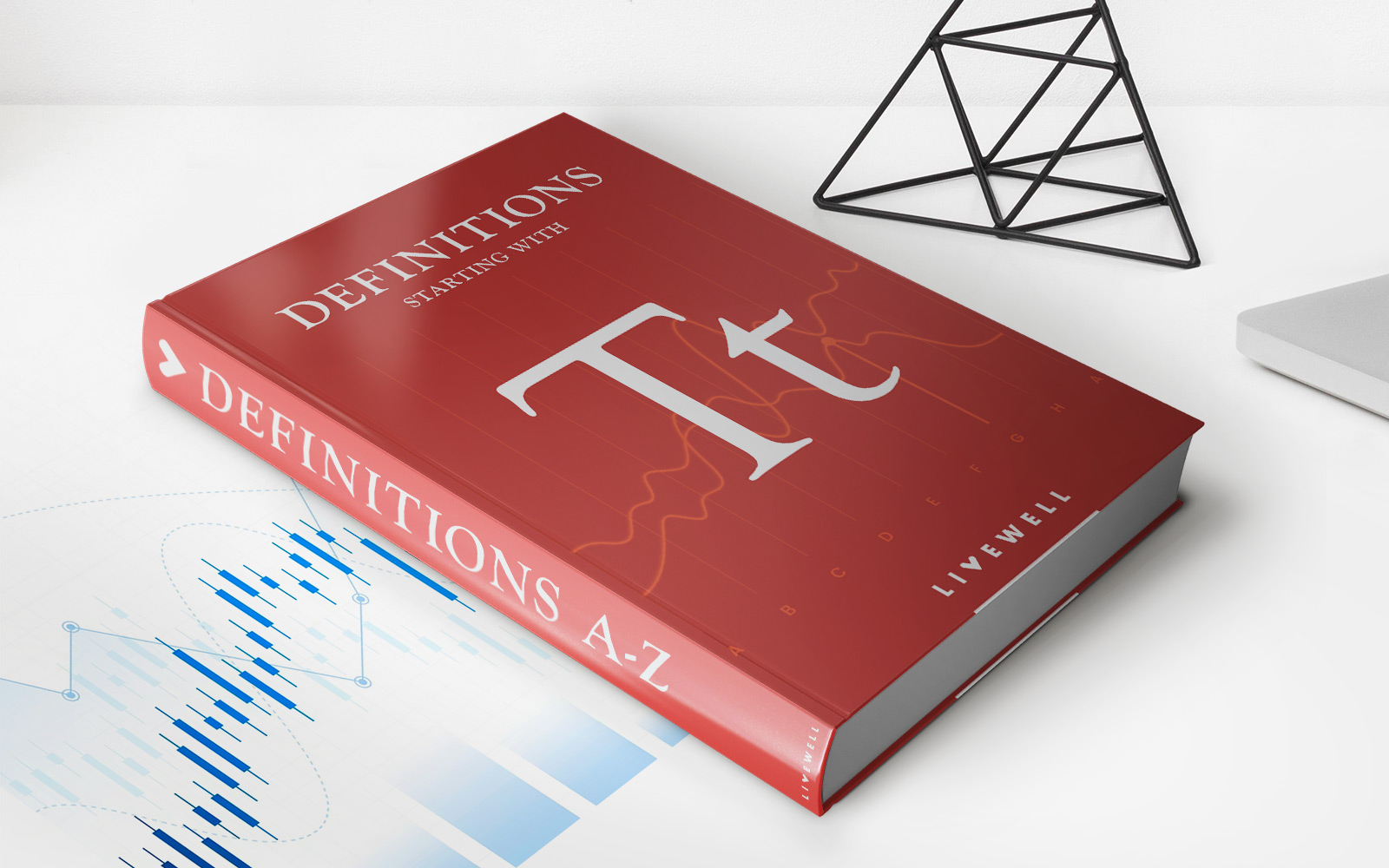

Finance
Cost Of Savings Index (COSI) Definition
Published: November 3, 2023
Learn the definition and importance of the Cost of Savings Index (COSI), a key financial indicator, in the world of finance. Discover how it impacts your savings and financial decisions.
(Many of the links in this article redirect to a specific reviewed product. Your purchase of these products through affiliate links helps to generate commission for LiveWell, at no extra cost. Learn more)
Understanding the Cost of Savings Index (COSI) Definition
When it comes to managing your finances and making informed decisions, understanding financial concepts is crucial. One such concept that you may come across is the Cost of Savings Index (COSI). In this article, we will dive into the COSI definition, how it is calculated, and its significance in the financial world.
Key Takeaways:
- The Cost of Savings Index (COSI) is a benchmark used to determine the interest rate on adjustable-rate mortgages (ARMs).
- COSI is derived from the average interest rate that banks offer on savings accounts.
So, what exactly is the Cost of Savings Index (COSI)? In simple terms, the COSI is a benchmark used to determine the interest rate on adjustable-rate mortgages (ARMs). ARM loans have interest rates that can fluctuate over time, unlike fixed-rate mortgages with stable interest rates throughout the loan term.
The COSI is derived from the average interest rate that banks offer on savings accounts. Banks use the interest from savings accounts as a source of funds for loans, including adjustable-rate mortgages. The COSI represents the cost to banks of acquiring these funds, which in turn influences the interest rates offered to borrowers.
Calculating the COSI involves determining the average interest rate on savings accounts offered by a specific group of banks. This group may consist of regional banks, national banks, or a combination of both. By taking an average of these rates, the COSI is established as a benchmark index that reflects the current market conditions.
So, why is the COSI important? For homeowners with adjustable-rate mortgages, the COSI has a direct impact on their monthly mortgage payments. As the COSI fluctuates, their interest rate can adjust accordingly, leading to changes in their monthly mortgage expenses. Understanding how these adjustments are made can help homeowners anticipate potential changes in their mortgage payments and plan their finances accordingly.
It’s important to note that the specific terms of an adjustable-rate mortgage, including how often adjustments are made and any interest rate caps, can vary. Homeowners should carefully review their loan agreements to understand precisely how the COSI affects their mortgage payments and what steps they can take to manage potential rate fluctuations.
In conclusion, the Cost of Savings Index (COSI) is a key benchmark used to determine the interest rate on adjustable-rate mortgages. By tracking the average interest rates offered by banks on savings accounts, the COSI reflects the cost to financial institutions of acquiring funds. This index plays a vital role in determining the interest rates borrowers pay on their mortgages. For homeowners with adjustable-rate mortgages, understanding the COSI definition and its significance can help them make informed financial decisions.














